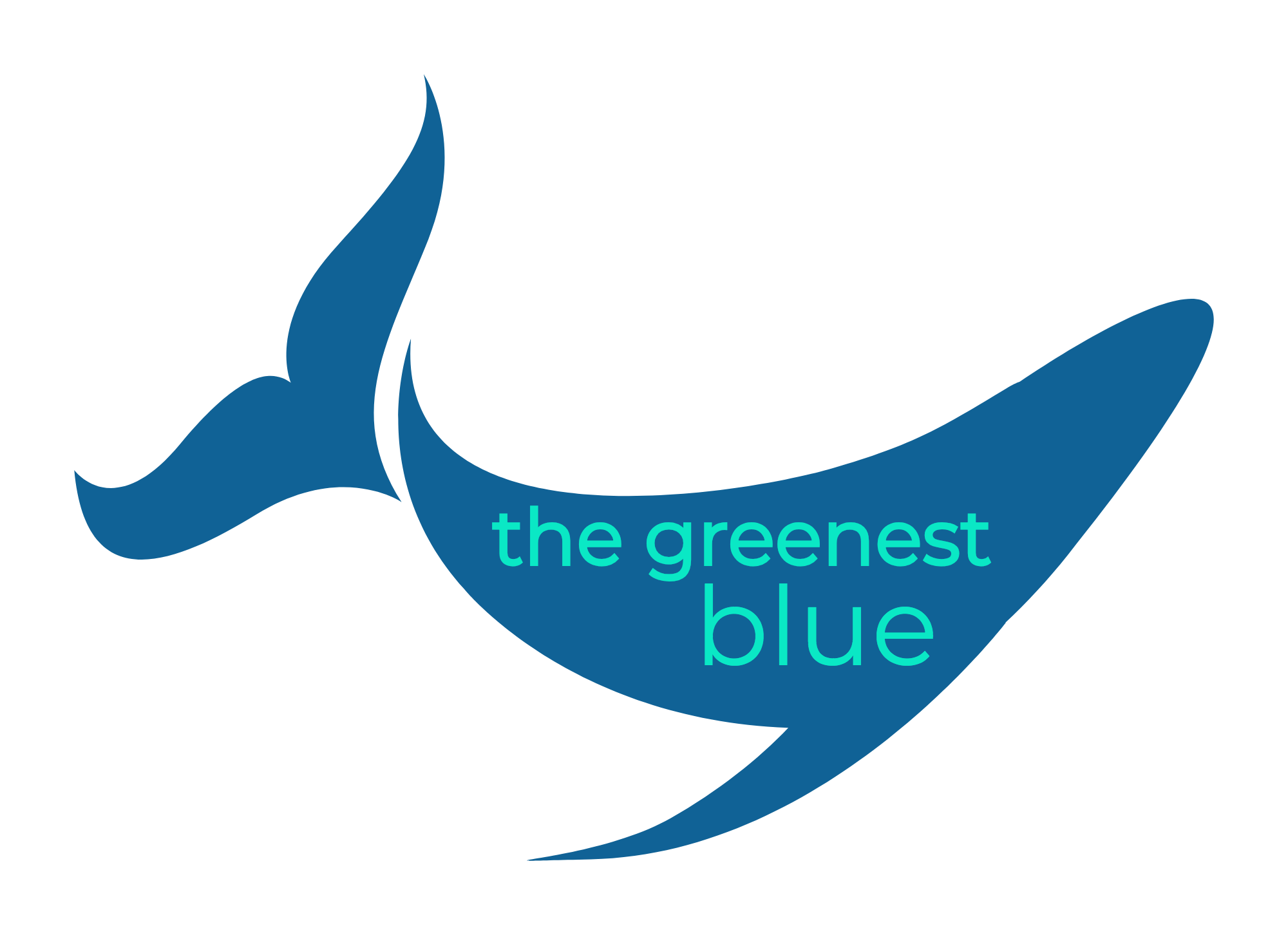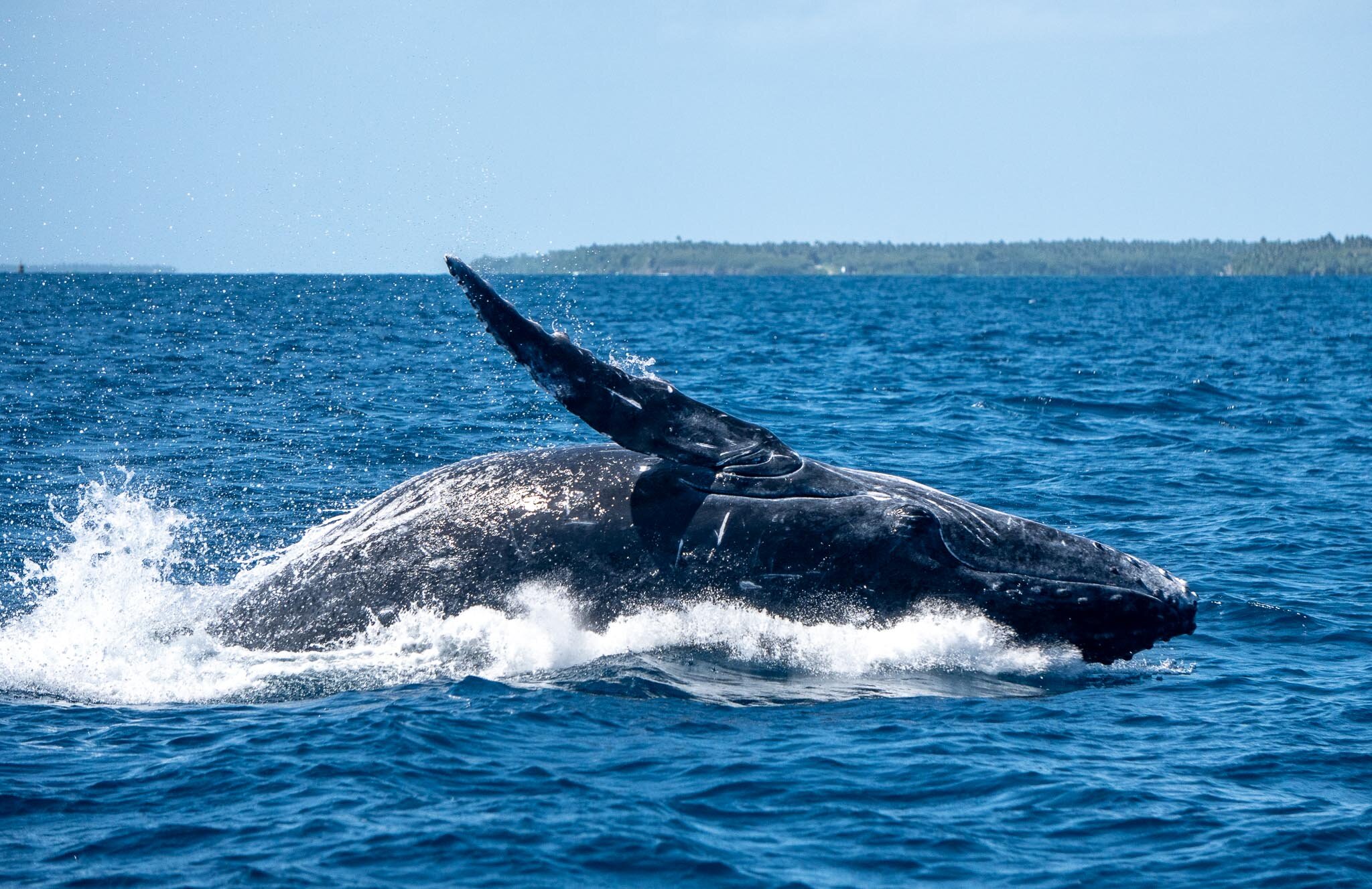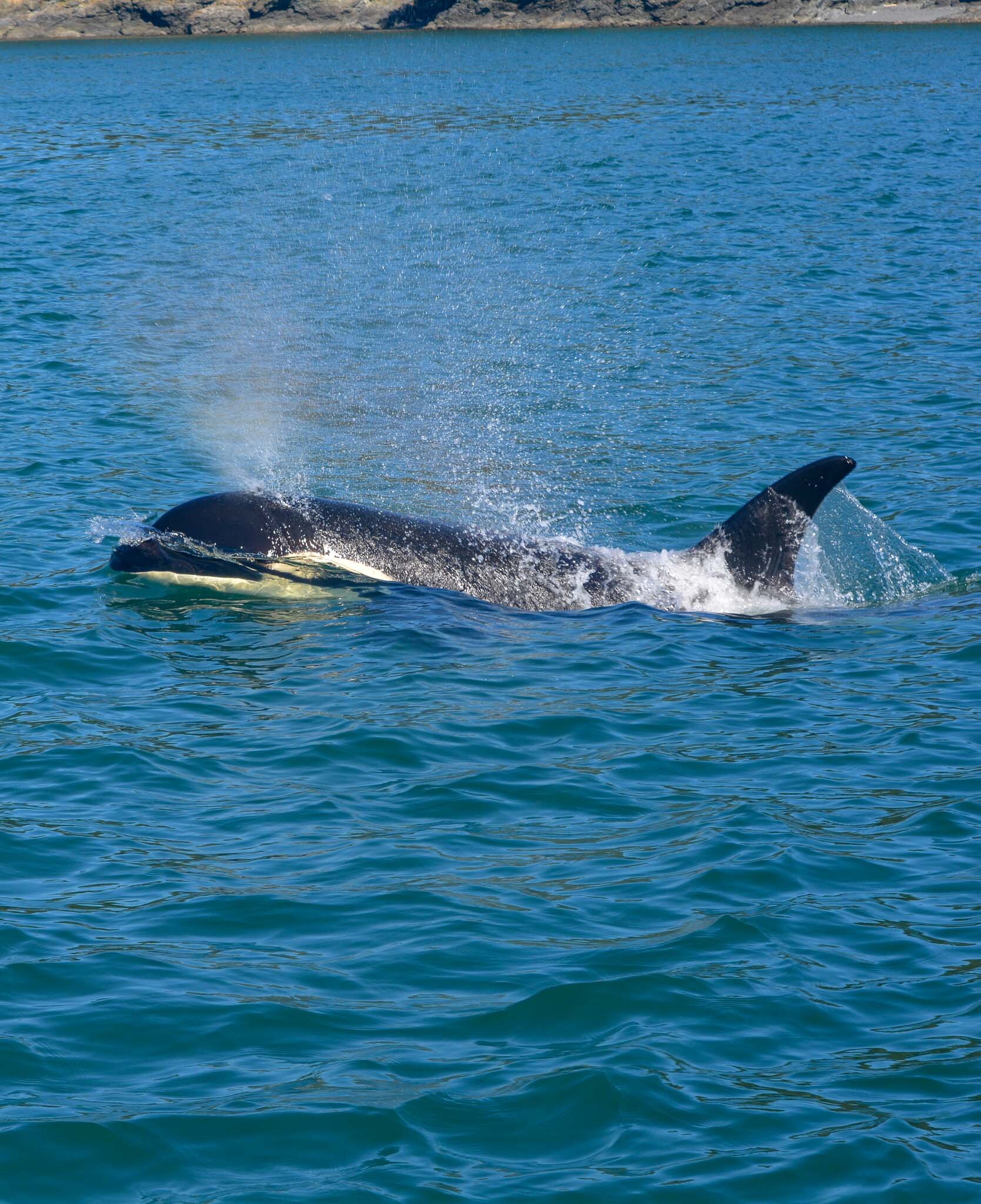We Aren’t Watching Them Right Now - Quarantines Giving Whales a Break
Right now, there are no whale watching boats taking out excited tourists to see the mysterious dwellers of the sea.
Yes, this is an unprecedented time. Businesses all around the world are shutting down, and the tourism industry, in particular, is getting hit. People are on lockdowns and shelter-in-place orders in an effort to flatten the curve and minimize the speed of the spread of COVID-19, and this cease in travel is giving the planet, and its animals, a chance to breathe.
You might have heard the heart-warming stories of dolphins swimming in the canals of Venice for the first time in years. Or blue sky visible in parts of China that were previously perpetually clouded over with smog. And as I sit quarantining myself, staring out at the beautiful lake that we are fortunate enough to live by, I got to thinking about other parts of nature that speak to me…in particular, what are the whales up to right now?
I know that whale watching in many (probably all) of my previous workplaces has stopped due to travel bans and lockdowns. No whale watching in Maui, the San Juan Islands, Kaikoura…and probably most places around the world. That is wild. Has this ever happened? And while the circumstances that led to this shutdown are extremely unfortunate, I can’t help but wonder…what are the marine mammals all over the world doing right now?? Nobody’s really watching them!
Obviously, life for these cetaceans goes on, but with a few added perks. I imagine there is a lot less noise pollution from both small vessels and bigger container ships. “Container ship operators say the coronavirus outbreak is their biggest crisis since 2009. Dozens of sailings have been canceled and vessels are being idled at a record pace,” NPR said in an article they published last week. The shipping industry is one of the biggest contributors to noise pollution in the ocean, which has all sorts of negative impacts on marine mammals, which are very reliant on acoustic communication.
Mamas and calves in the Hawaiian islands are enjoying unprecedented space to breathe, play, frolic in the shallows. There are no large boats trailing behind them, waiting for a breach or a tail slap. Killer whales in the San Juans, although still facing food shortages, most likely feel a lot more freedom to move where they please up and down the channels, not fussed about massive cargo ships chugging steadily along, blasting their underwater noise and disrupting their echolocation. And what about down in Kaikoura? The sperm whales are probably still doing their typical feeding patterns, but with no small aircraft or large whale watching vessels waiting nearby for their inevitable surfacing.
Infographic courtesy of the Vancouver Fraser Port Authority’s Enhancing Cetacean Habitat and Observation (ECHO) Program, aimed at better understanding and managing the impact of shipping activities on at-risk whales throughout the southern coast of BC. Learn more here.
What must that feel like? To have been watched and followed for a large portion of your life in certain areas you frequent, and all of a sudden find those shadows - gone? What about the newborn calves, who might now go for weeks (or a year?) without encountering their first whale watch boat? I’m sure there are still small recreational boats out and about, but compared to the whale watch fleet, those are probably little flies on the wall.
Has this ever happened before? Prior to the start of commercial whale watching decades ago, there were still ships going after them, albeit with an entirely different motive: to kill. And prior to that…whales probably just enjoyed their life with very limited contact with humans. I suppose there have been other times where tourism has slowed dramatically due to world events and other tragedies, but has it ever come to a full stop like this?
As hypocritical as it might be coming from a whale watch guide, I think it is so beautiful that the whales are getting a little break from us right now. Again, the circumstances are horrific. But it’s amazing how, if you look, you’ll find sparkly rays of light that shine through the sticky, grimy clouds of smog and depressing news. For those of us that have a love of the environment and conservation, we can’t help but consider the magic happening in the natural world right now.
I like thinking of the whales living in a much quieter ocean, one they’ve never seen before. And while we humans might view the current and coming challenges as an endless amount of struggle, the natural world is breathing a sigh of relief in a way it hasn’t been able to in a long, long time. Perhaps this is a reminder to us all - slow down.
I also want to say that, as a whale watch guide, I have so much love and faith in the ethical ecotourism industry. I believe that there are so many benefits to taking people out on the water to encounter these majestic beings; I truly believe these experiences can be the turning point in people’s minds, the one that inspires them to live differently and take action to advocate for the ocean. And when operators work ethically, this can be done with minimal impact. But I also know…these whales deserve this space and this time. This is a really, really nice moment for them.
And of course people who are lucky enough to live in a coastal place along whale migration paths can still watch these beauties from shore. The least impactful whale watching there is.
I love you all, and remember: if you ever want to chat, just shoot me an email, and I’m here to support in whatever way I can.
Love,
Lozza










Holy doodles. I am so happy to be back in Aotearoa, land of the long white cloud. I didn’t realize (that’s a lie, yes I did) how much my heart missed this beautiful country that has managed to capture my little heart and squeeze it tight. It makes me want to cry thinking about my younger self and the momentous adventure it was for me to move down here at 25 with only a loose connection to a potential job and housing situation. That leap of faith led me to the most incredible experience and has introduced me to some of the greatest and fastest friends in my life.